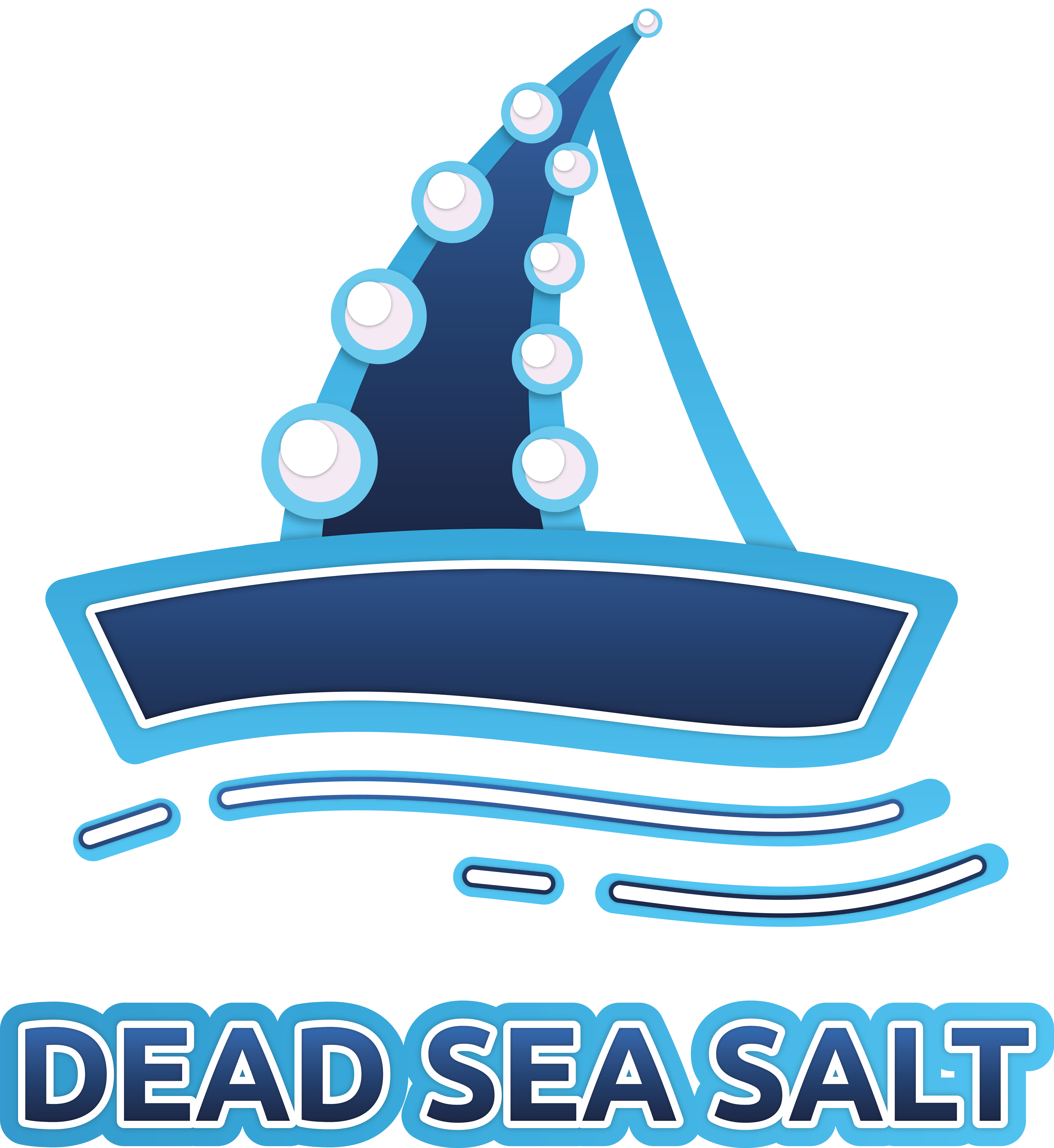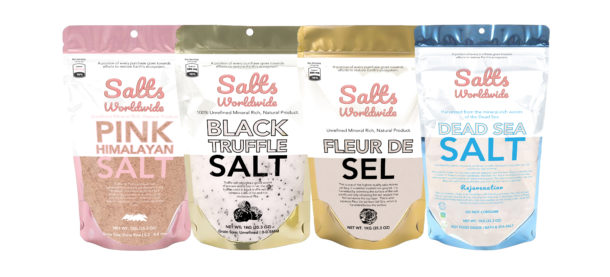
Pink Himalayan Salt Pros and Cons
Himalayan pink salt (also known as pink salt) is an alternative salt commonly used in preparing dishes and other preparations. This type of salt can be used both for its taste and mineral content as well as for its health benefits. It is often compared to table salt because it often has a pink tint due to a trace mineral content. However, there are differences between pink salt and table salt that will help you make the right decision on using this type of salt.
First, it is made from the mineral sea beds around the foothills of the Himalayan Mountains. It is a fine-grained salt with a pink color that is extremely rich in magnesium, calcium, sodium and iron minerals. It is a perfect natural product and one of the most common ingredients found in kitchens and cooking rooms throughout the world. Because of its naturally occurring content of minerals, it is used by many cooks as an alternative to normal table salt. However, it has not been approved by the Food and Drug Administration for consumption because it may have detrimental effects when eaten.
Himalayan pink salt lamps are decorative pieces of art that use small amounts of the salt to produce a soft glow of pink color that can spread to other areas of the room. These pink salt lamps can be placed in any area of the home where you want to add a nice touch of color. You can use it as a complimentary accent to the colors of your walls or furniture. It is made especially for your kitchen because of its ability to absorb small amounts of moisture.
The pink color is produced from the mineral content that is found within the pink Himalayan salt crystals. It can also be known as “Bosmela” or “Pink Salt”. It was discovered by a British mineralogist while he was carrying out research on wild plants and the effects that they produce on human health. Although many people use salt for their cooking, he became interested in the effects that nature had on our health and decided to investigate the effects that the mineral salt would have on his research. After discovering the mineral content in the pink salt, he began to work on a project that would help him understand the importance of plant life in providing healthy environments for us.
Although he was able to find the source of the pink himalayan salt, he did not succeed in mining it completely and he ended up only having a few left veins that were left. The remaining salt was then distributed to various countries where people could buy them for their kitchen use. The lamps that are made from the salt mines have become very popular worldwide and many restaurants that sell Mediterranean cuisine sell the salt lamps as part of the cooking equipment.
Today, Himalayan pink salt is still mined, however, many of the salt deposits are now depleted and salt production has been greatly reduced due to the fact that the area now is considered a global high-altitude desert. The main problem with salt production in this area is that salt causes a lowering of blood pressure and other mineral levels. This in turn can cause problems with people who have kidney disorders, heart conditions and high blood sugar levels.
When purchasing salt for use in your kitchen, be sure to check the mill mark that is used to determine the sodium content of the product. Some table salt may have traces of lead or other metals which can affect your health in a negative way. If you want to reap the many health benefits that salt offers, it is best to purchase an organic brand that is harvested and sold without any additional trace mineral additives. Organic salts are often harvested using environmentally sustainable methods that involve using herbicides and pesticides when necessary. These types of salt are not mined using the same practices as traditional mined salts, so they contain no additional metals or chemicals.
There are many different types of salt on the market today that still contain trace amounts of these trace minerals in them. Pink Himalayan salt has received much acclaim for its lack of added extras. While it may seem like table salt is entirely void of these minerals, depending on where you buy it from will help you determine whether or not it has these trace amounts of these minerals. Once you have determined the level of these trace minerals in the salt that you are purchasing, you will know whether or not the salt you are using will have positive effects on your health or could cause you harm.


Recent Comments